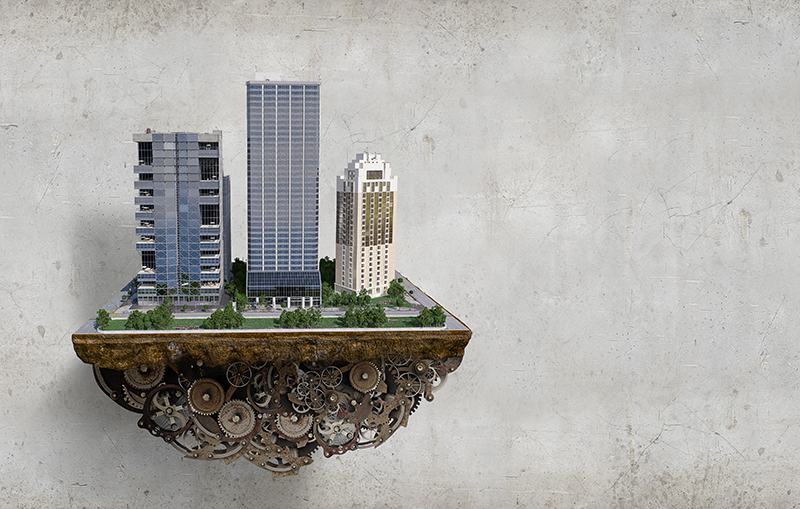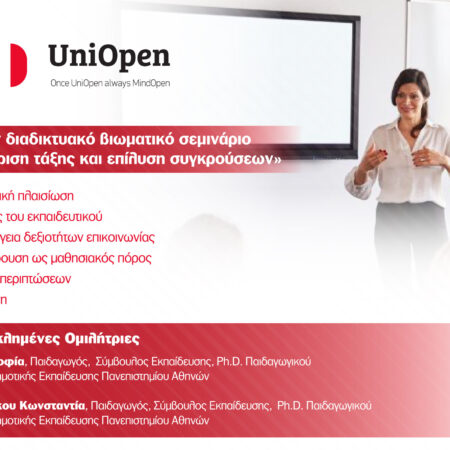The Courses
The postgraduate program aims to create highly skilled professionals who are sought after in the labor market, either at national or international level, ie engineers with a high level of specialization who are able to take technical and organizational roles in various work environments of the Civil and Environmental Engineering sector, including public administration, industry and professions.
Objectives
The graduates of the Civil and Environmental Engineering Department:
- know in-depth the theoretical and scientific dimensions of mathematics and other basic sciences
- can identify, formulate and solve, even in an innovative way, complicated problems that require interdisciplinary approach
- can capture, design, develop and manage complex, possibly innovative, construction systems, processes and services
- are able to design and manage experiments of increased complexity
- have knowledge of the general context and transversal skills
- Know the business culture and professional ethics.
Teaching
The curriculum provides students with the tools to define and solve typical problems of the Civil and Environmental Engineering industry with a level of deepening that is provided by the formal knowledge of first level programs. The curriculum continues with the following objectives:
- to provide extensive specialized preparation for the safety of structures and infrastructure through curricula that is geared to the advanced design of: geotechnical projects in the construction of technical projects of even complex nature in seismic zones, including constructions based on interventions aimed at seismic improvement and adaptation, stabilization and reinforcement of existing structures of construction, even with innovative techniques and materials of systems and transport infrastructure, hydropower projects and projects aiming at the use and exploitation of water resources.
- to make students able to solve problems requiring interdisciplinary knowledge with particular reference to topical themes such as the preservation of architectural and historical monuments
- to make students capable of automated calculation and assisted planning of structures and infrastructures, while providing them with the knowledge of the physical phenomena necessary to apply the fast methods of testing and criticizing the results.
Students complete their training through design companies, construction companies, public bodies, and a diligent dissertation work during which the student, under the guidance of a lecturer, must implement a project or study on issues in the Civil and Environmental Engineering sector, practicing theoretical or digital modeling activities as well as experimental laboratory activities.
Curriculum
| 1st year | Course | Credits |
| Coastal and marine hydraulics | 9 | |
| Plumbing design | 6 | |
| Design of geotechnical works | 9 | |
| Infrastructure Theories | 9 | |
| Structural design supplements | 9 | |
| Planning for recovery of construction | 9 | |
| Structural restoration | 9 |
| 2nd year | Course | Credits |
| Applied Hydrogeology | 6 | |
| Environmental chemistry | 6 | |
| Theory of transport systems | 6 | |
| Street design | 9 | |
| Elective course | 9 | |
| Training | 6 | |
| Final examination | 18 |
| Electives | |
| Architectural Rehabilitation Plan | 9 |
| Building and construction materials | 9 |
| Supplements of construction sciences | 9 |
| Environmental control technologies | 9 |
Course Features
- Lectures 0
- Quizzes 0
- Duration 50 hours
- Skill level All levels
- Language English
- Students 0
- Certificate No
- Assessments Yes







